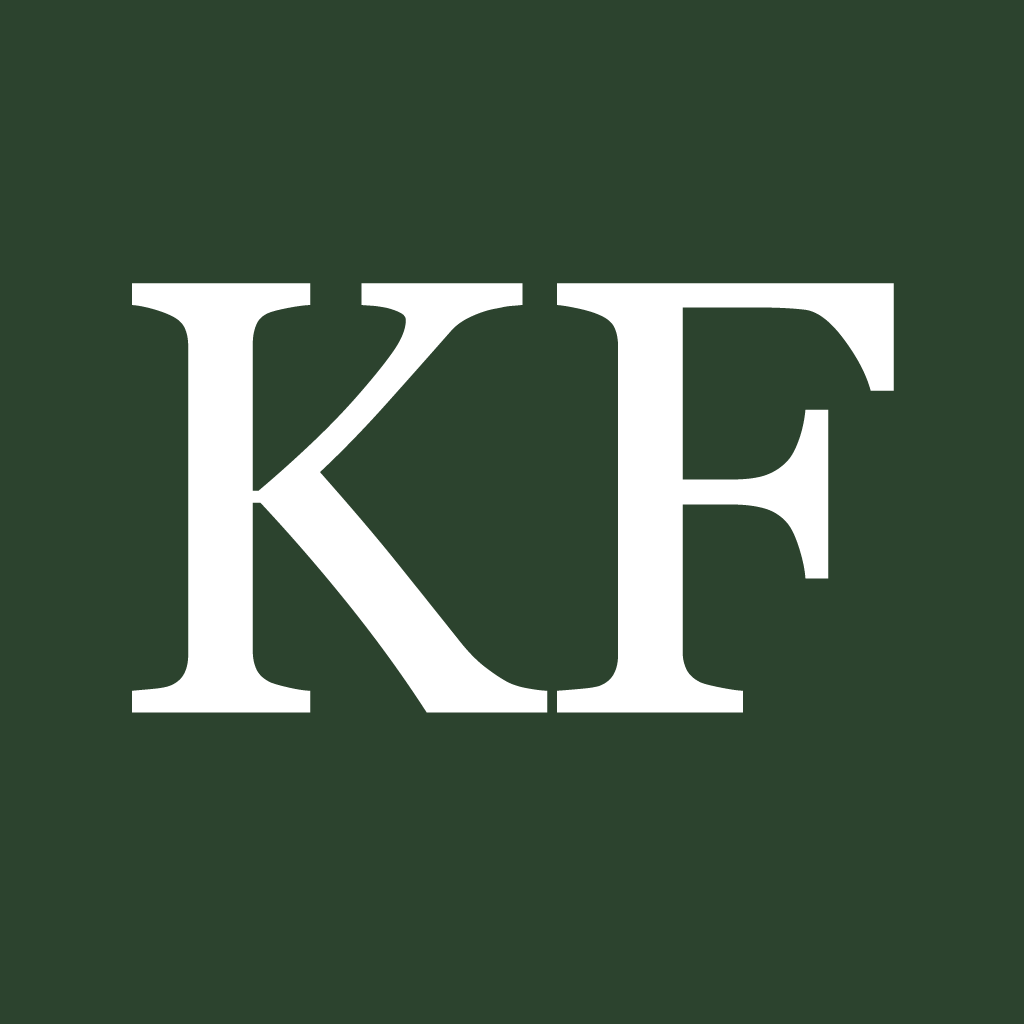Following consultation with the local community, the Natural Heritage Management Plan provides a guide to our land management policies. The consultation took the format of a range of evening lectures which looked at specific issues around land management and then led into a series of workshops and discussions. A good cross section of the community took part in the work and agreed the following :
Our VISION for the land is for an area of diverse flourishing habitats with their full potential of native flora and fauna, supporting a thriving community that offers a warm welcome to visitors.
Our AIM is to preserve, enhance and develop Knoydart for the well being of the community and the environment.
Our OBJECTIVES are:
To enhance habitats with native flora and fauna to achieve optimum natural productivity.
To continue with the existing environmental monitoring and increase where necessary and to utilise results in addressing grazing pressure.
To protect and identify features of cultural/heritage significance.
To achieve a healthier deer herd.
To ensure visitor and local land user levels are monitored to assess environmental impact and carrying capacity.
To facilitate environmentally sustainable economic activity.
To inform and educate visitors on environmental issues through awareness, participation and responsible practices.
In order to achieve these objectives we need to set targets. We have undertaken some work towards this, looking at the potential to establish zones which would have a different management emphasis to achieve the optimum biodiversity within each area. This will also include different density levels for deer and other grazing animals within them. This still requires further work.
In taking this forward there are a number of principles to take into account:
We need to build further on the existing vegetation monitoring to confirm species present. We know from work undertaken to date on this that our habitats are generally degraded and are not achieving their maximum biodiversity.
We need to consider all herbivores that have an impact on grazing (deer, goats and sheep).
We need to consider different ways of achieving management objectives, building on best practice achieved elsewhere (e.g. instead of fencing trees look at alterative ways to reduce grazing pressure such as disturbance etc).
Look at the long term viability of land management e.g. can we develop added value venison products.
The main activity for the management of our land is the control of deer numbers. We are currently working to the Rory Putnum management plan in terms of numbers in line with our neighbours. Currently we carry out the deer cull through commercial stalking. As part of the consultation we considered alternatives to running our own stalking operations (for example, third party leasing) but after long debate we felt running our own stalking operations still was the best option in order to achieve our longer term management objectives, even if it does not cover all the costs.
Currently we are seeking external financial support to compliment the income generated through the stalking in order to take significant steps towards achieving our land management objectives.


